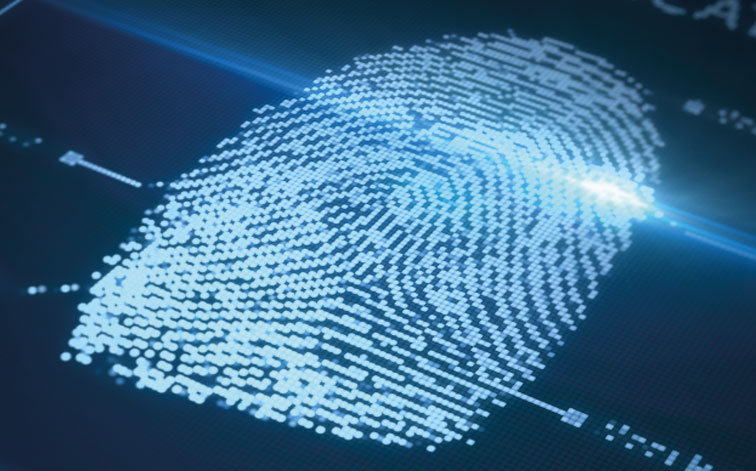- Authentication enables the system to uniquely verify the identity of an individual. This is usually done through a registration process where beneficiaries are brought into the policy’s database and given some form of authentication for the entitlement, such as an ID card or an ID number.
- Automation is using the ID systems as a basis to automate certain transactions. For example, direct benefits or cash subsidies are automatically transferred from the government to a beneficiary’s bank account that is linked to the beneficiary’s ID. Thus, the benefit transfer process bypasses the entire complex supply chain and links the benefit source directly to the target beneficiary in a transparent manner.
- Monitoring and evaluation is about how successful the delivery process is. By using the ID to track the movement of benefits along the entire supply chain, it is possible to have full visibility into the execution of any scheme. The ID can be used to validate whether the beneficiary received the benefits and also to identify bottlenecks and leakage along the supply chain.
- Data insights build on unique ID numbers that can function as an indexing tool for a wide variety of transactions linked to an individual. This data could be analyzed to generate insights into how various government interventions are helping individuals progress socioeconomically.
Source: Asian Development Bank (2016).
Digital ID could be an excellent example of a market-creating innovation that will enable an ecosystem of new ventures to empower refugees2. The systems entrepreneurs may also be invited to establish “instrumental” ID systems to achieve an isolated, single-application objective, rather than a general infrastructural system. They will be asked to create win-win solutions for the ID provider, beneficiaries, and other stakeholders to get involved in the system while having a cautious approach to ethical and privacy concerns.
Footnotes
- Please see Box 2 for examples of technology-based solutions towards refugee populations in and around the Digital ID ecosystem[/efn_Note]. Government of Turkey has already collected identification and other information (up to 99 items per person) for 2.6 million Syrians under temporary protection on a centralized database, but have not yet established a digital ID system. The digital ID challenge will commence with a system mapping exercise to identify the needs, the key requirements for digital ID solutions, the legal restrictions, as well as government policy priorities, and in searching potential institutions interested to partner (such as banks and employers). This exercise will be supported with an international scoping exercise to identify existing relevant solutions and initiatives to build a coalition of willing partners that could not only support the pilot project in Turkey, but also help successful solutions scale up globally. Then systems entrepreneurs will be invited to come up with solutions to integrate existing data in different departments, and augment it with new information useful for beneficiaries, such as level of Turkish language classes taken or other skills. A large number of solutions could be on financial technology innovations (fintech)1World Economic Forum (2016). A Blueprint for Digital Identity The Role of Financial Institutions in Building Digital Identity

